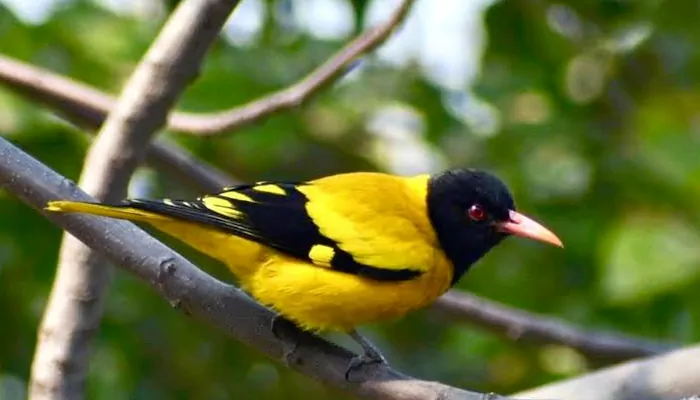
Here are today’s most important updates from the realm of Science and Space.
The UR Rao Satellite Centre has announced a new discovery by the XSPECT instrument aboard India’s XPoSat satellite. On March 19, 2025, XSPECT detected a rare thermonuclear “burst” followed shortly by a much longer and more powerful event called a “superburst” from a neutron star system named 4U 160852, located about 4,000 light-years from Earth. Neutron stars are incredibly dense remnants of massive stars that exploded as supernovae. XSPECT’s detailed observations showed the neutron star’s surface temperature during the bursts reached around 20 million degrees Kelvin, with a radius close to 9.3 kilometers. This discovery helps scientists understand the extreme physics of neutron stars and the behaviour of matter under intense gravity and heat.

A new study published in Nature Communications reveals that some bird species can adapt well to a narrow range of climates, making them vulnerable to climate change. The research concludes that the size of the geographic area and the range of adaptation don’t go hand in hand. It also mentions that species with large brain sizes are more vulnerable to climate change as they can adapt well to narrow niches, which are different climatic conditions that a species can thrive in. The researchers also found that birds with smaller and more extreme climate niches tend to be at higher risk from climate change.

As India pushes to feed its growing population and reduce dependence on food imports, the rapid intensification of agriculture is coming at a heavy environmental cost. The aggressive expansion of farmland, increased use of chemical fertilisers, and water-intensive practices like paddy cultivation are not only degrading the soil but also accelerating climate change. This unsustainable agricultural model is contributing significantly to the country’s greenhouse gas emissions deepening air pollution, warming cities, and altering ecosystems. Agriculture, the sector which contributes 16–18% of the country’s Gross Domestic Product (GDP), is the second-largest contributor to India’s greenhouse gas (GHG) emissions.
A rare carnivorous caterpillar, previously unknown to biologists, stalks spiderwebs for food whilst dressed in the remains of its prey, researchers report in Science.
— Science Magazine (@ScienceMagazine) April 24, 2025
This unique new species, dubbed the “bone collector,” is found only on a single mountainside on the Hawai’ian… pic.twitter.com/9vgPtgkP5a
(Credit: X/@ScienceMagazine)
Scientists in Hawaii have discovered a rare carnivorous caterpillar that hunts trapped insects and camouflages itself with their body parts. Nicknamed the “bone collector,” this rare insect uses the body parts of its prey such as ant heads and fly wings to decorate its silk case, a behavior never before seen in caterpillars. By building its case from the remains of its prey, it may be disguising itself to avoid detection by its arachnid hosts. Researchers believe this bizarre adaptation could allow the caterpillar to feast undisturbed.